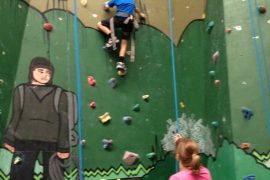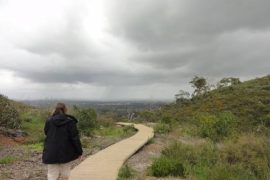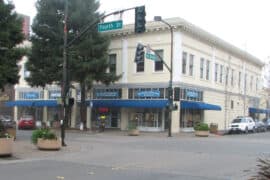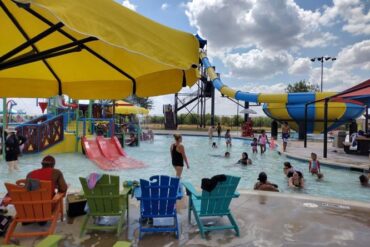Embark on an Easter Adventure: Unveiling the Festive History!
Hey there, amazing parents! Are you ready to hop down the bunny trail and explore the whimsical world of Easter history? Gather ’round, because we’re about to embark on a fascinating journey that’s as colorful as the eggs and as sweet as the candy your little ones adore. Whether you’re looking to share the story with your children or just want to know more yourself, we’ve got an egg-stra special tale to tell!
What’s This All About?
Before we dive into chocolate bunnies and hidden eggs, let’s crack open the books to the very beginning. Easter’s history is a tapestry woven with threads of ancient traditions, religious significance, and modern-day merriments. It’s a day marked by renewal and joy, where families like yours come together to celebrate life, love, and the springtime bloom.
Ancient Roots and Rituals
The name “Easter” is believed to have originated from Eostre, an Anglo-Saxon goddess associated with spring and fertility. Many of the traditions we enjoy today have been adopted and adapted from Pagan customs celebrating the vernal equinox, a time of rebirth and new growth.
The Story as Old as Time – Religious Significance
For many, Easter is deeply intertwined with Christian beliefs, commemorating the resurrection of Jesus Christ. This cornerstone event is celebrated after Lent, a period of reflection and penance. The exact date of Easter can vary each year, as it’s determined by the lunar calendar—specifically, it falls on the Sunday after the first full moon following the spring equinox.
Eggs-traordinary Symbols
Ever wonder why eggs are so prominent during Easter? Let’s crack that mystery! Eggs have long been a universal symbol of life and rebirth. In Christian tradition, they represent the tomb from which Jesus emerged, victorious over death. But let’s not forget the fun—the Easter egg hunt is a thrilling quest for children around the world, who search high and low for these hidden treasures.
Easter Bunny Hops into History
Now, about that adorable and elusive Easter Bunny—how did this cute critter become a symbol of Easter? Folklore suggests that the Easter Bunny first hopped onto the scene in Germany, then travelled to America with German immigrants in the 1700s. Originally, the “Osterhase,” a hare that laid colorful eggs, was a judge of character, visiting homes to reward good children with gifts of eggs.
Global Easter Celebrations
From painting eggs in Ukraine to flying kites in Bermuda, Easter is a global gala with a plethora of unique traditions! Each culture adds its own flavor to the festivities, making Easter a beautiful blend of customs and celebrations that offer a delightful experience for kids and grownups alike.
As you can see, the tale of Easter is rich with history and excitement—perfect for sharing with the little ones who bring so much brightness to our lives. We’ll continue to unravel the wonders of this holiday in the next part of our guide, but when it comes to celebrating Easter, the most important thing is the joy it brings to your family hearth. So, get ready to create some new memories as we hop into more stories and fun facts about this hare-raising holiday!
Stay tuned as we delve further into delightful Easter customs, fascinating legends, and how your family can make the most of this blooming season. Remember, whether you’re painting the town with vibrant eggs or giving thanks for life’s blessings, Easter is a time to cherish the company of loved ones and welcome the spring with open arms and a full heart.
Make sure to come back for the next installment of our egg-citing Easter journey, where we’ll explore even more enchanting tales and create unforgettably fun activities to enjoy with your family. The story of Easter continues to unfold like a blossoming flower, inviting us to celebrate its history and create new traditions along the way!
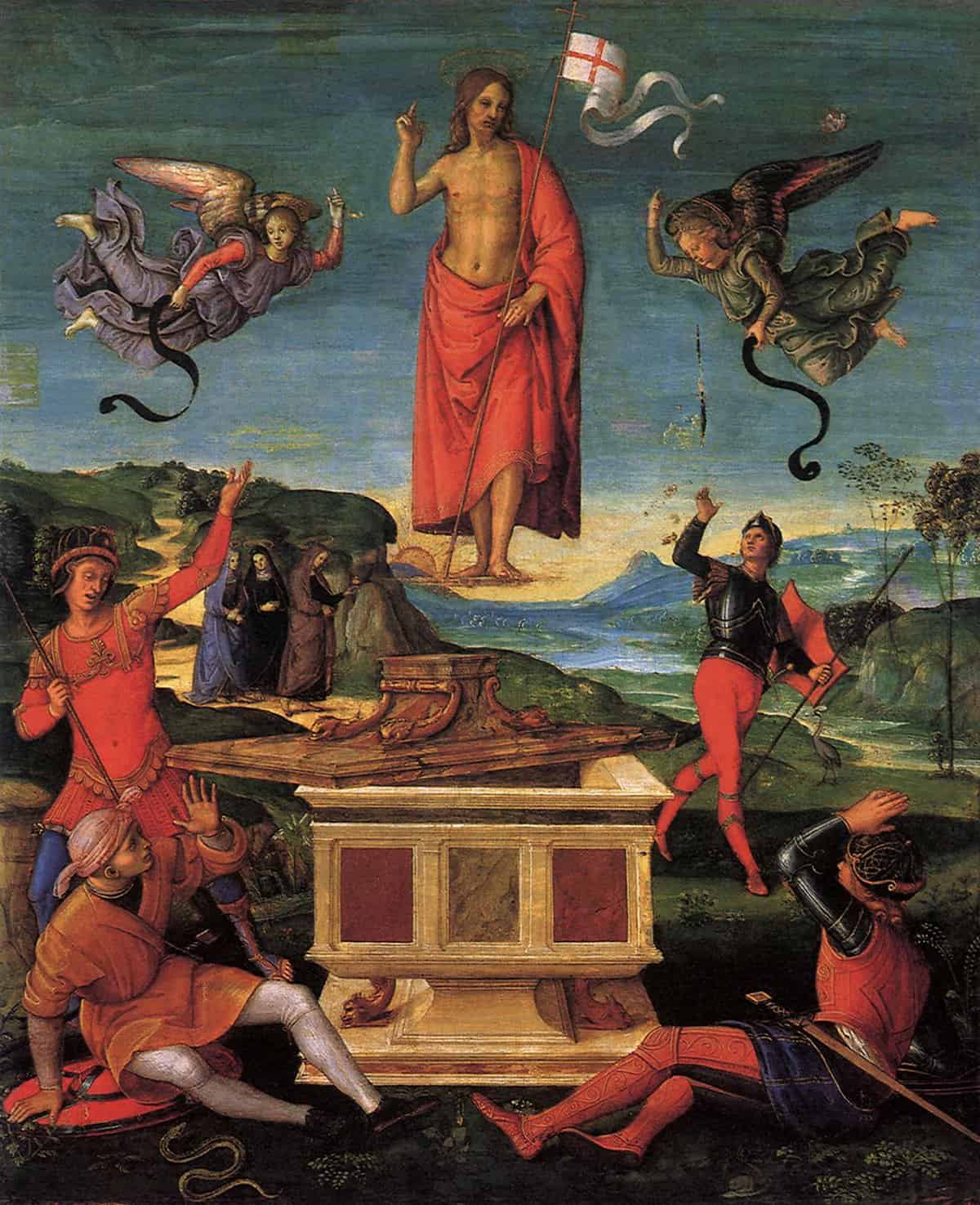
5 Things Parents Should Know in Preparing for the History of Easter
1. Understand the Origins and Merge Them with Fun
As a parent, it’s helpful to know that Easter contains layers of history that stem from various cultures. Bring this to life for your children by mixing educational activities with the fun of the season. Create crafts that represent different aspects of Easter’s past or bake traditional treats that have been shared through generations. Your kids will be learning while enjoying the festive spirit!
2. Teachable Moments: Harness the Symbolism
Easter is rich with symbols, and each provides a unique teaching moment. Discuss with your kids why we use eggs to represent new life or how the Easter Bunny came to be linked with the holiday. These symbols are not just fun—they carry meanings that can lead to deeper discussions about life, renewal, and the importance of tradition.
3. Embrace Multicultural Celebrations
Easter is celebrated worldwide, and each culture has its own customs. As a global family, it’s wonderful to teach children about diversity through the lens of Easter celebrations. Research and share stories or perform plays about how children in different parts of the world celebrate Easter, broadening your family’s cultural understanding and promoting inclusivity.
4. Plan Ahead for Local and Religious Observances
Depending on your community’s cultural and religious practices, there might be local events or services that you can attend. Whether it’s an Easter parade, a church service, or an egg hunt, planning ahead ensures that you can participate in the festivities that resonate with your family’s interpretation of Easter. Remember to explain the significance of these events to your kids.
5. Blend the New with the Old
While the traditions of Easter have deep roots, it’s always exciting to create new traditions with your family. Whether it’s starting a garden to signify growth or inventing your own version of an Easter egg hunt, each new practice can make the holiday special and personal. Encourage your kids to come up with new ideas to celebrate, ensuring that they feel connected to both the history and present-day joy of Easter.
By keeping these five considerations in mind, you’ll be well on your way to creating a memorable and meaningful Easter experience for your children. Dive into the history with passion and creativity, and watch as your family’s celebration becomes a blend of educational discoveries and joyous festivities. Happy Easter!
See more great Things to Do with Kids in New Zealand here. For more information see here
Disclaimer
The articles available via our website provide general information only and we strongly urge readers to exercise caution and conduct their own thorough research and fact-checking. The information presented should not be taken as absolute truth, and, to the maximum extent permitted by law, we will not be held liable for any inaccuracies or errors in the content. It is essential for individuals to independently verify and validate the information before making any decisions or taking any actions based on the articles.

